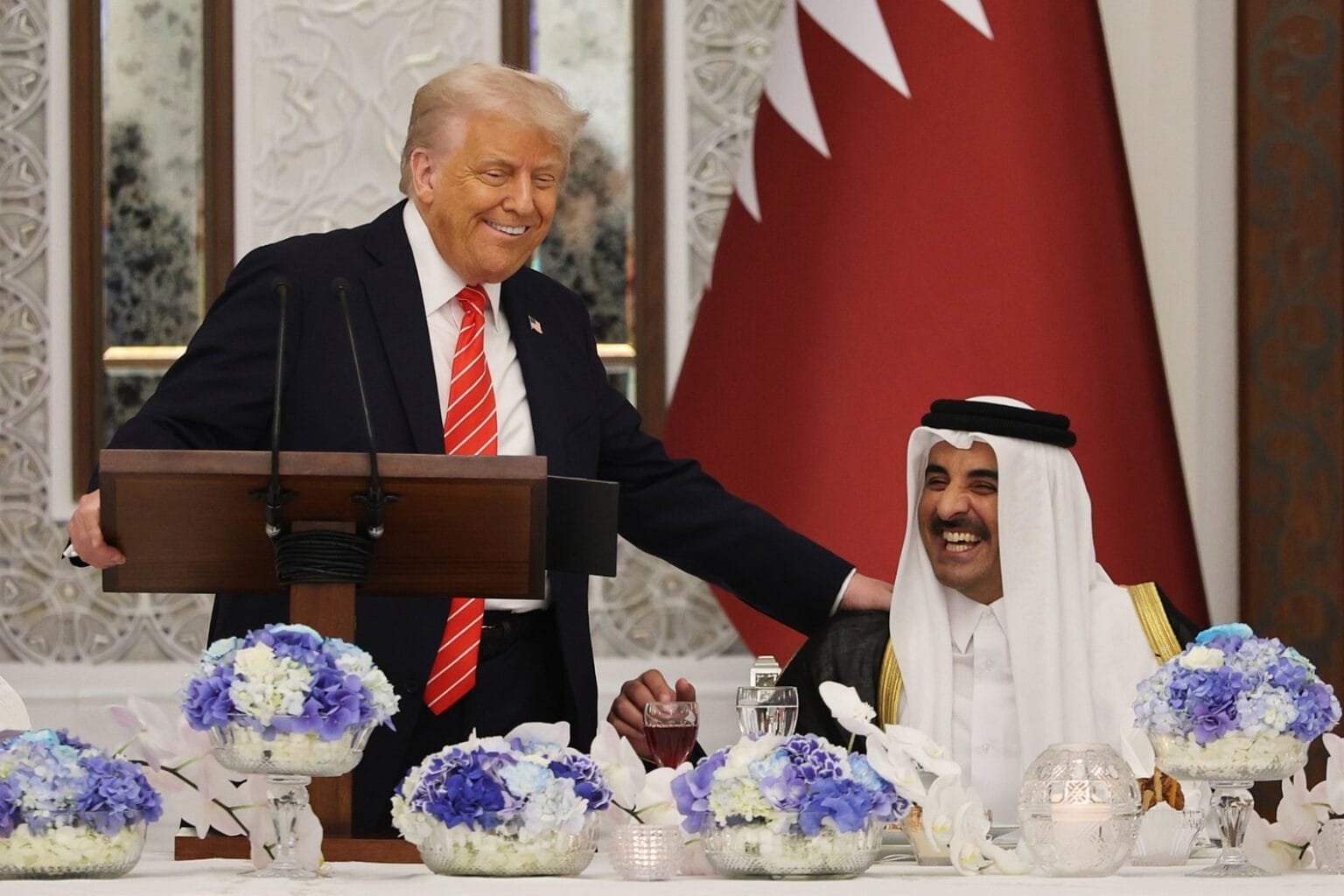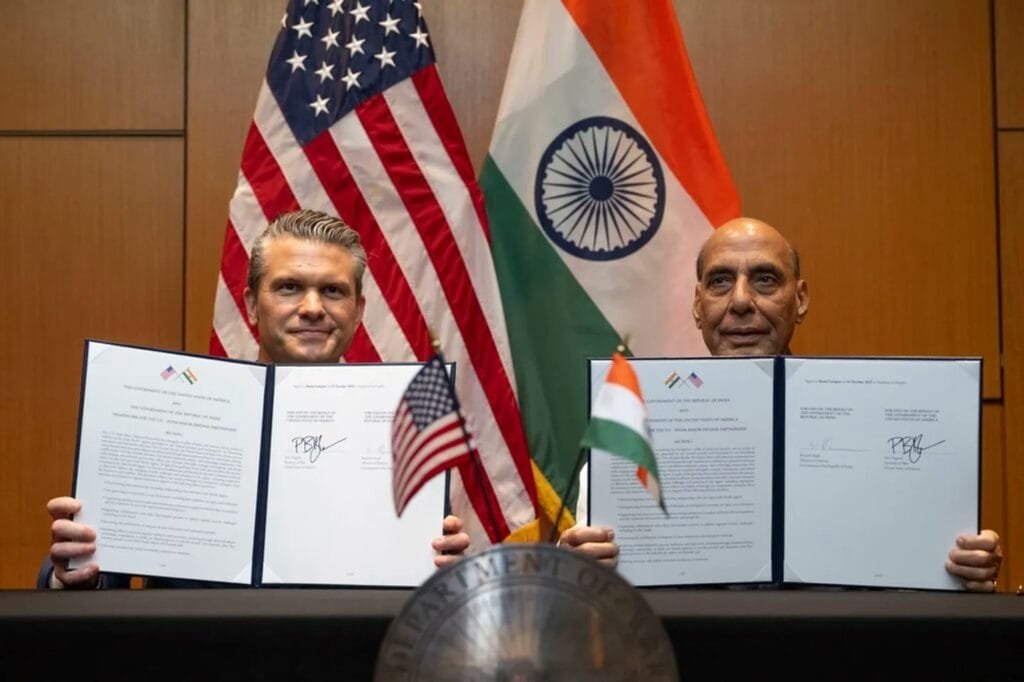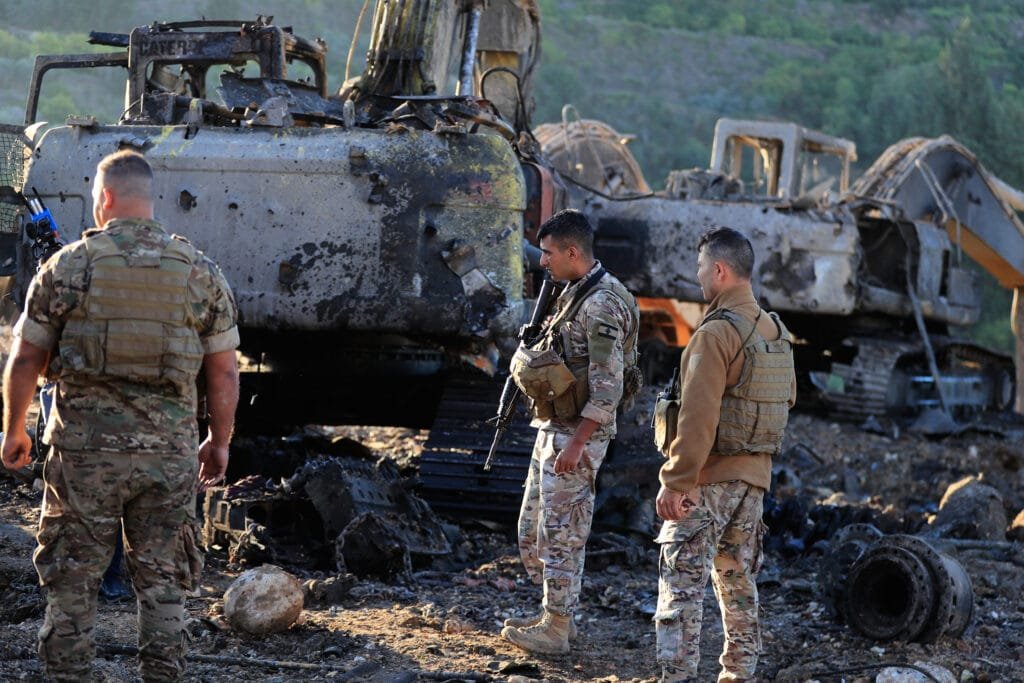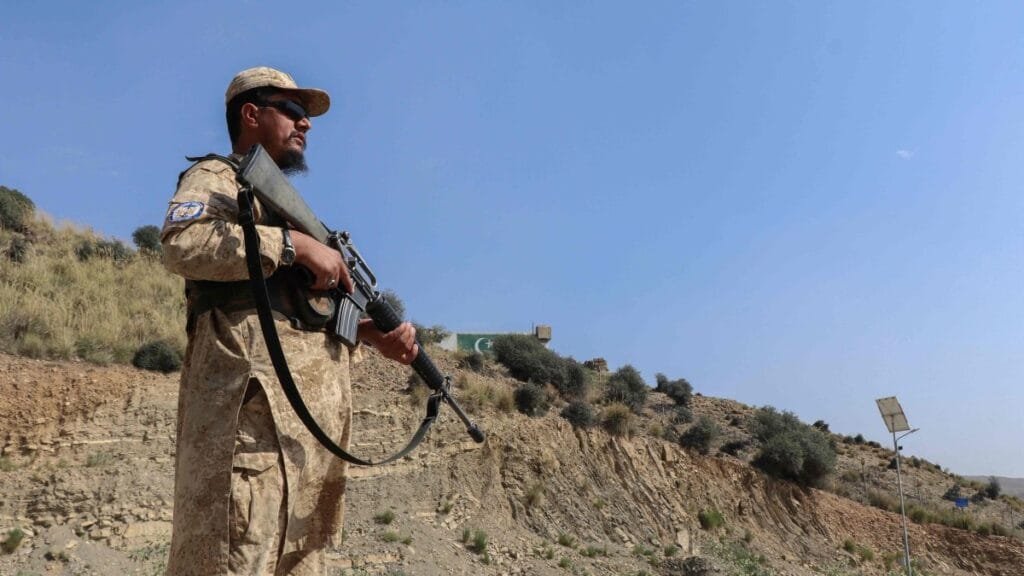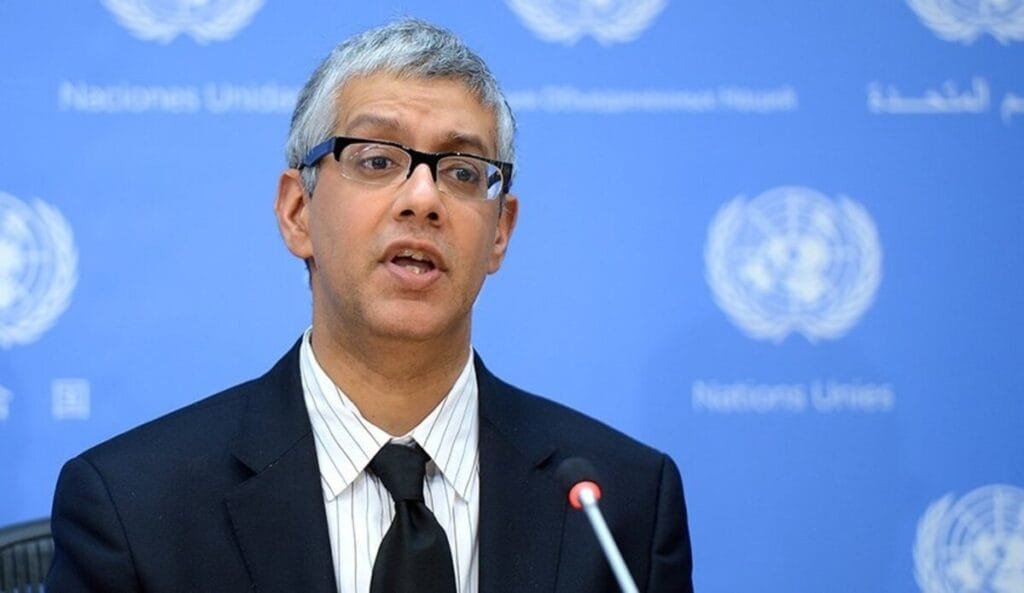President Donald Trump has signed a sweeping executive order committing the United States to defend Qatar in the wake of a recent Israeli strike in Doha that killed a Qatari security officer and several others, in a move that signals a dramatic shift in U.S. involvement in Gulf security dynamics. The order states that any “armed attack” on Qatar’s territory, sovereignty, or critical infrastructure will be treated as a threat to U.S. peace and security, triggering a range of possible responses—from diplomatic and economic actions to military intervention if necessary.
The legal standing of such a pledge is murky: presidents may issue executive orders, but defense obligations historically are codified via treaties requiring Senate approval. Still, the move is symbolically striking—at odds with Trump’s traditional “America First” posture—and elevates Qatar’s security to a U.S. strategic priority.
Trump reportedly signed the order on the same day Israeli Prime Minister Benjamin Netanyahu visited Washington and was compelled to issue a formal apology to Qatar during a three-way call mediated by Trump. That apology followed mounting regional outcry over the September 9 airstrike in Doha that targeted Hamas officials engaged in ceasefire talks and led to collateral casualties.
Under the executive order, the U.S. frames its security guarantee as grounded in the “close cooperation” and “shared interests” between Washington and Doha, including their military partnership centered on the Al Udeid Air Base. The text pledges that the U.S. “shall regard any armed attack on the territory, sovereignty or critical infrastructure of the State of Qatar as a threat to the peace and security of the United States,” and that it may respond using “all lawful and appropriate measures—including diplomatic, economic, and, if necessary, military—to defend the interests of the United States and of the State of Qatar” and restore stability.
Yet substantial questions remain over enforcement, credibility, and regional fallout. Analysts warn that such guarantees may entangle the U.S. in new conflicts or raise expectations that Washington cannot always credibly meet. The order does not delineate thresholds, timelines, or coordination with potential regional partners, leaving room for ambiguity about when and how the U.S. might act. Historically, binding defense pacts require Senate ratification—so whether this executive order will suffice in a crisis is untested.

